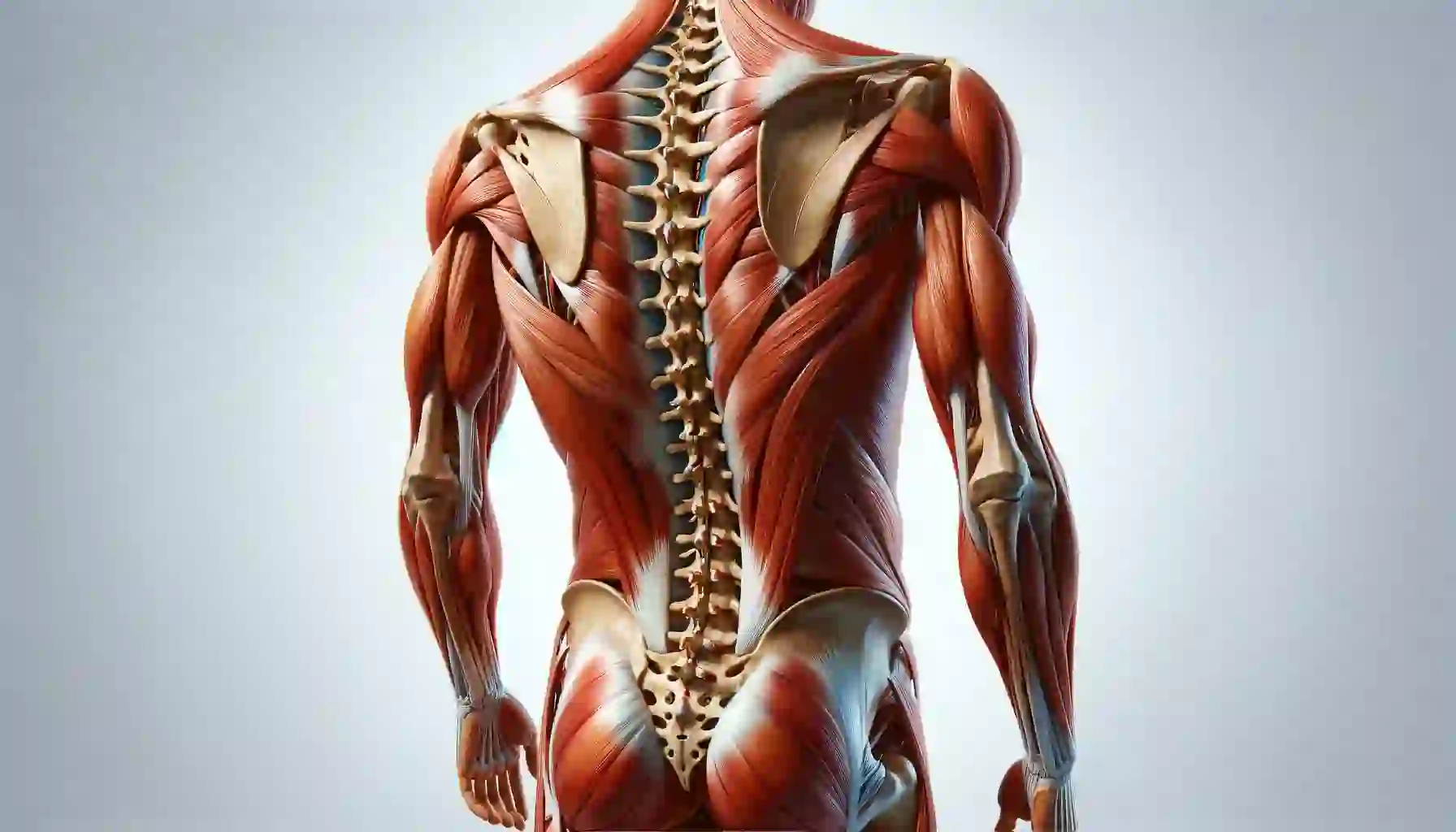Disc bulges are a common cause of back pain and discomfort impacting millions of people all over the world. Conditions like superimposed central disc protrusion, disc bulge abutting nerve root, eccentric disc bulge and paracentral protrusion could cause significant discomfort and mobility issues. Understanding these conditions is the key for managing pain and improving your quality of life. Dr. Ken Nakamura offers insight and guidance on how best to treat these conditions.
What is the What is the Bulge (or Disc Bulge)?
A disc bulge occurs when the intervertebral band, which is a cushion that lies between vertebrae and serves as a shock absorber expands beyond its normal boundaries. It can be caused by wear and tear, injury or degeneration that occurs over time. Disk bulges are different in their severity. They can range from minor protrusions which cause no or minimal discomfort, but can also be more extensive bulges that may cause significant discomfort.

Superimposed Central Protrusion of the Disc
Superimposed central disc protrusion can be one type of disc bulge that occurs in the central part of the spinal cord. Dr. Ken Nakamura says that this protrusion could lead to the spinal cord to compress or even a nerve root, that can cause symptoms such as numbness, pain or weakness. The central position of this protrusion indicates that it is able to be affecting both sides of the body. This makes it a particularly challenging situation to treat.
Disc Bulge Abutting Nerve Root Treatment
A disc bulge that is in contact with a nerve can cause intense pain and neurological symptoms such as sciatica. Sciatica is a pain radiating from the rear of the leg. The pressure on the nerve root may result in pain, inflammation and even the loss of functionality if left untreated.
Dr. Nakamura explains that disc bulge abutting nerve root treatment a nerve root typically involves a combination of conservative and, in some cases, interventional approaches. The treatment options for conservatives include exercise, anti-inflammatory medicines, and activity modification to alleviate pressure on the nerve. If there is a severe case of nerve compression surgical or epidural injections might be needed to provide relief.
Eccentric disc bulge
An eccentric disc bulge refers to a bulge that is off-center, typically to one side of the spinal canal. This kind of bulge can result in unilateral symptoms. The symptoms of pain and other typically occur on one side of the spine. The discs that are bulging in the center are especially hazardous because they may compress nerve roots, which can cause localized pain or weakness.
Dr. Nakamura emphasizes that treatment for an eccentric disc bulge usually involves physical therapy to strengthen the muscles surrounding the spine and improve flexibility. This could decrease disc pressure and ease symptoms. Non-surgical therapies such as spinal compression therapy might be prescribed to minimize the bulge or relieve nerve pressure in some cases.
Paracentral Protrusion
Paracentral protrusions are a type disc bulge that is located in the spinal canal near the center, but also to the sides. Similar to other disc bulges this can cause nerve root compression, resulting in a variety of symptoms, including pain, the feeling of numbness or weakness.
Dr. Nakamura recommends that the treatment for paracentral protrusions is typically a combination of conservative therapies. These include physical therapy methods for managing pain as well as lifestyle changes. In cases of severe paracentral protrusion surgery is typically required to remove the disc material that has protruded and then decompress the nerve.
Reduce Disc Bulge Pain
The management of disc bulge-related pain depends on the severity of the problem and the specific signs that you experience. Treatments with a conservative approach can be beneficial for mild to moderate cases in decreasing pain and improving performance. These may include:
Physical Therapy: Workouts to enhance flexibility and strength in those muscles that support the spine.
The use of medication such as anti-inflammatory medications muscles relaxants, analgesics in order to reduce pain and reduce inflammation.
Lifestyle Modifications: Adjustments in everyday activities to prevent aggravation of the condition, including correct posture, ergonomic adjustments and the avoidance of excessive lifting.
Interventional Therapies: When there are situations when conservative treatment options are not sufficient, options such as epidural steroid injections, or less invasive surgical procedures could be thought of.
The final sentence of the article is:
The understanding of the particulars of ailments like superimposed central disk protrusions, disc bulges that touch the nerve root, an eccentric disc bulge and paracentral protrusion are essential for a successful pain management. Dr. Ken Nakamura emphasizes that it is vital to be aware of the symptoms, seek proper treatment, and improve overall quality-of-life. Treatment of disc bulges are crucial to live a pain-free and comfortable life regardless of whether it is through conservative measures or, in certain cases surgical intervention.

